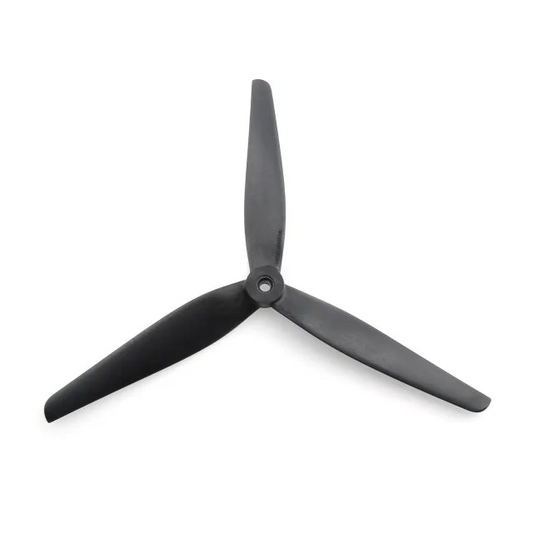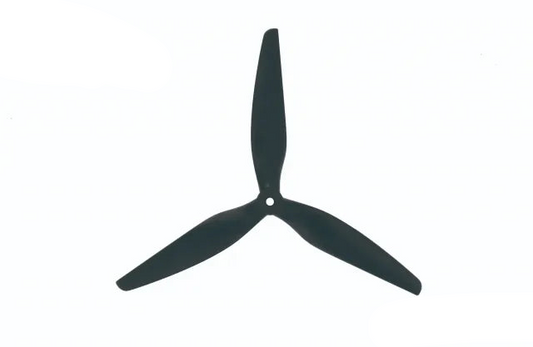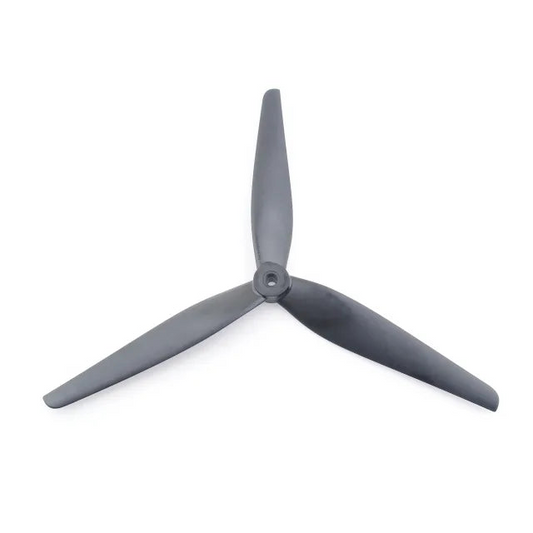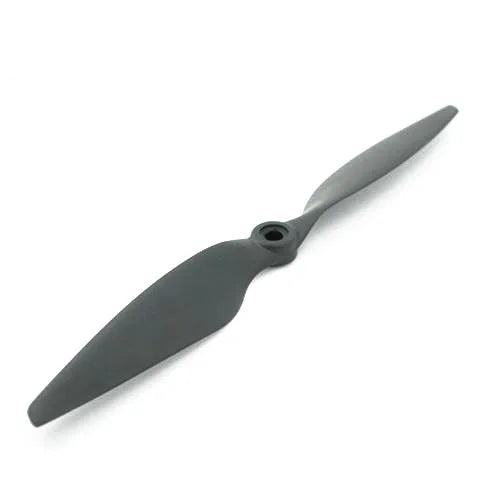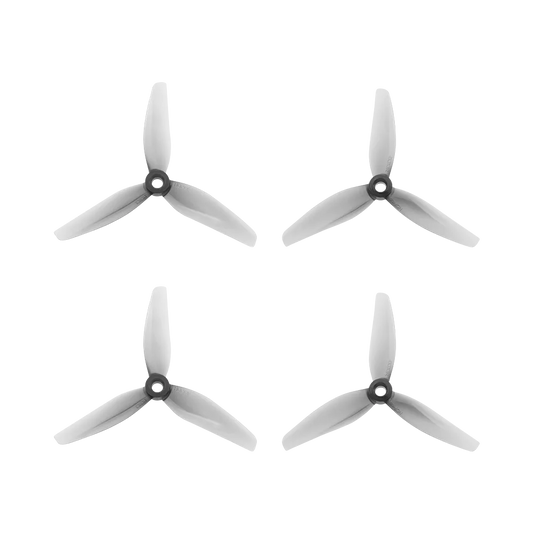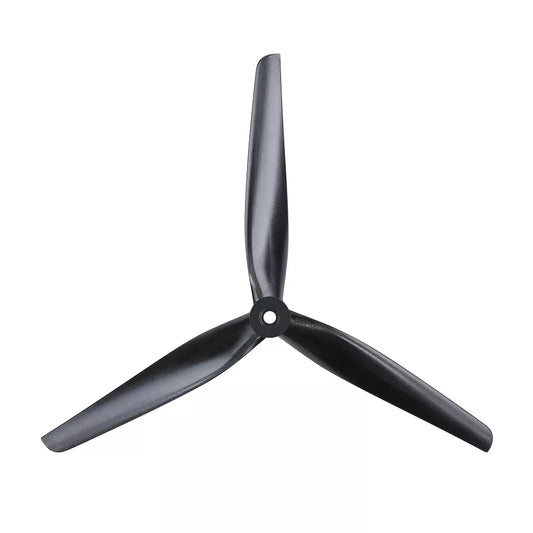Drone propeller by diameter
-

1-3 Inch Drone Propellers - Micro & Tinywhoop FPV
Explore our 1-3 inch drone propellers collection designed for micro drones like...
-

3-5 Inch Drone Propellers – FPV Freestyle & Racing
Discover high-performance 3-5 inch drone propellers for FPV freestyle and racing drones....
-

6-10 Inch Drone Propellers – Mini Drones & Mapping
Browse our 6-10 inch drone propellers for versatile applications in aerial photography,...
-

11-20 Inch Drone Propellers – Mapping & Surveying UAVs
Our 11-20 inch drone propellers are ideal for medium-sized UAVs used in...
-

21-36 Inch Drone Propellers – Agriculture & Industrial UAVs
Shop high-performance 21-36 inch drone propellers designed for agriculture and industrial drones....
-
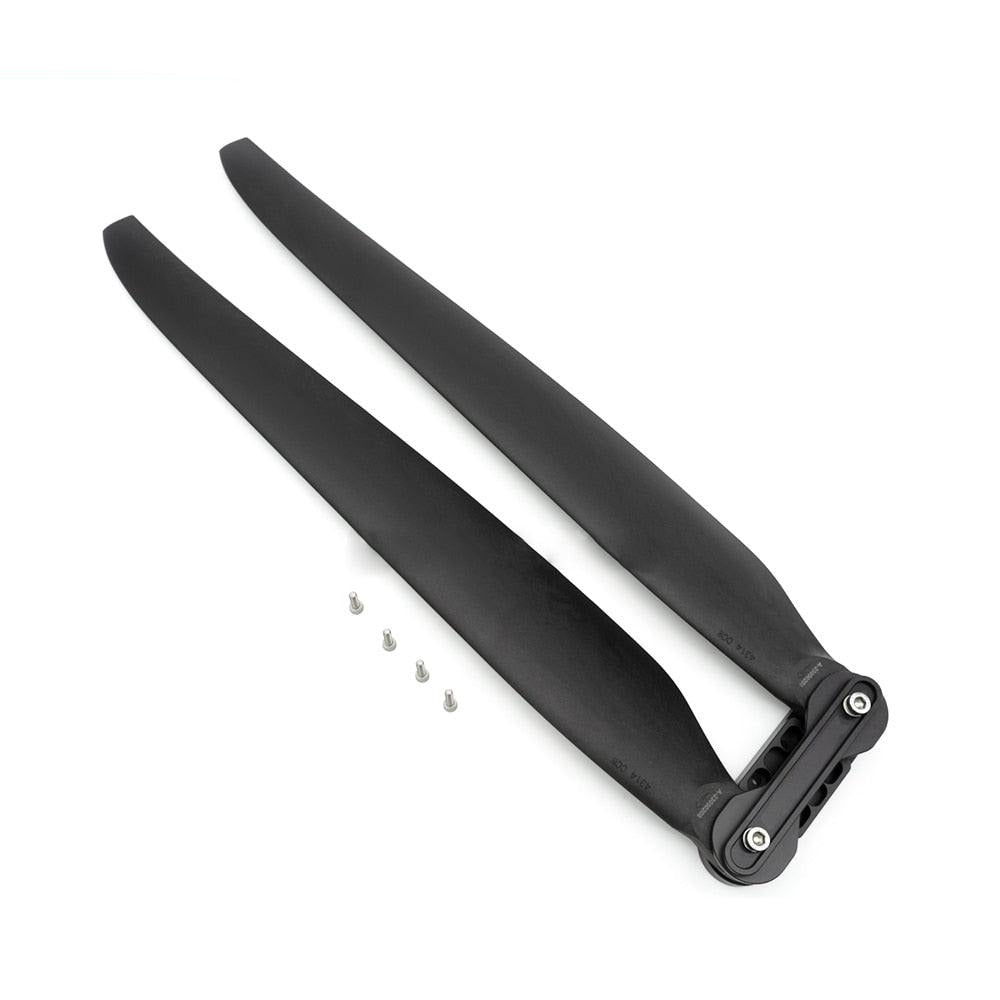
Over 36 Inch Drone Propellers – Heavy-Lift Drones & Large UAVs
Explore our over 36 inch drone propellers designed for heavy-lift drones and...
By Drone Propeller Type
-

3 Blades Propeller
This collection features premium 3-blade propellers from GEMFAN, DALPROP, HQProp, T-Motor, and...
-

FPV Drone Propeller
The FPV Drone Propeller collection features a wide variety of high-quality propellers...
-

Quick Release Propeller
The Quick Release Propeller collection offers a variety of high-quality propellers for...
-

Agriculture Drone Propeller
Our Agriculture Drone Propeller collection features high-performance carbon fiber and composite folding...
-

Industrial Drone Propeller
Discover the ultimate selection of Industrial Drone Propellers designed for high-performance UAVs. Our...
-

Big Drone Propellers
Big Drone Propellers – Heavy Lift Carbon Fiber Propellers for Agriculture &...
-

Carbon Fiber Propeller
The Carbon Fiber Propeller collection features a wide range of high-performance propellers...
By Drone Propeller Brand
-

Gemfan Propeller
Gemfan propellers are trusted by FPV pilots and RC enthusiasts for their...
-

HQProp Propellers
HQProp is a leading RC propeller manufacturer specializing in high-performance propellers for...
-
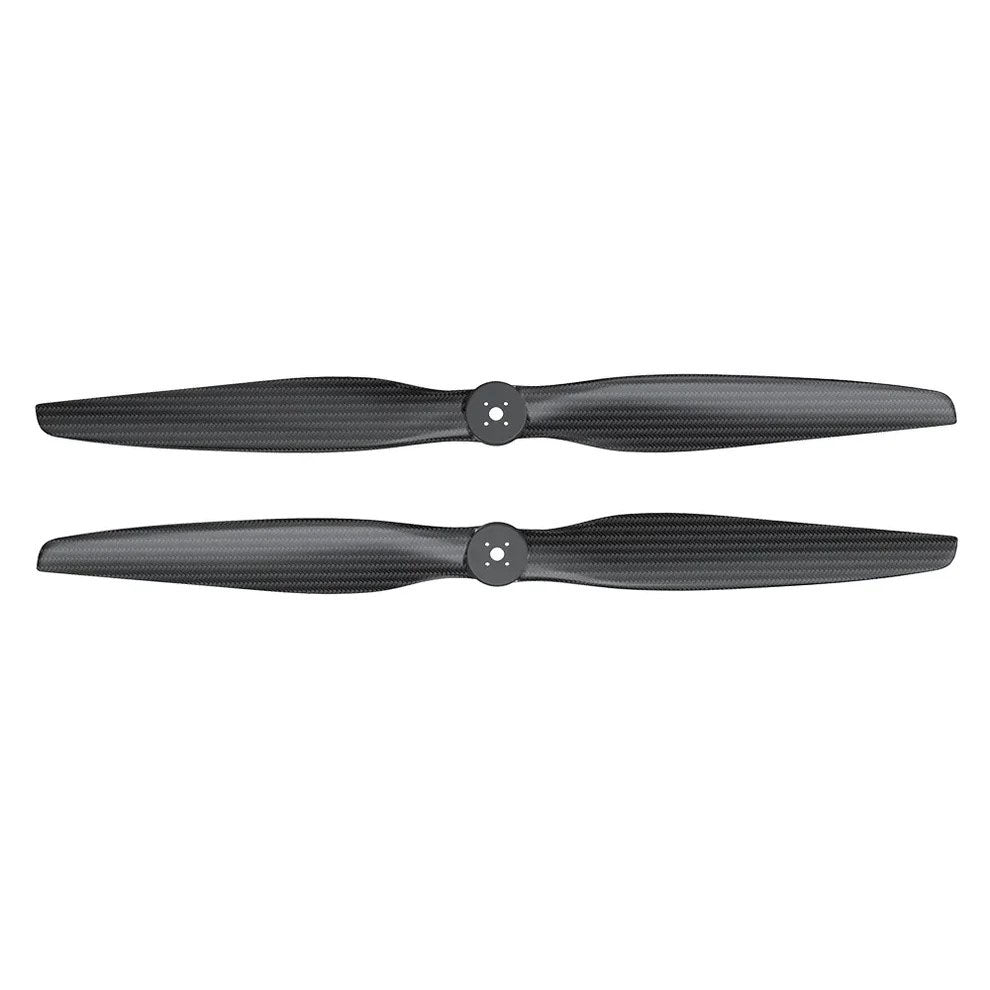
T-Motor Propeller
T-Motor Propeller offers a wide range of high-quality carbon fiber and polymer propellers...
-
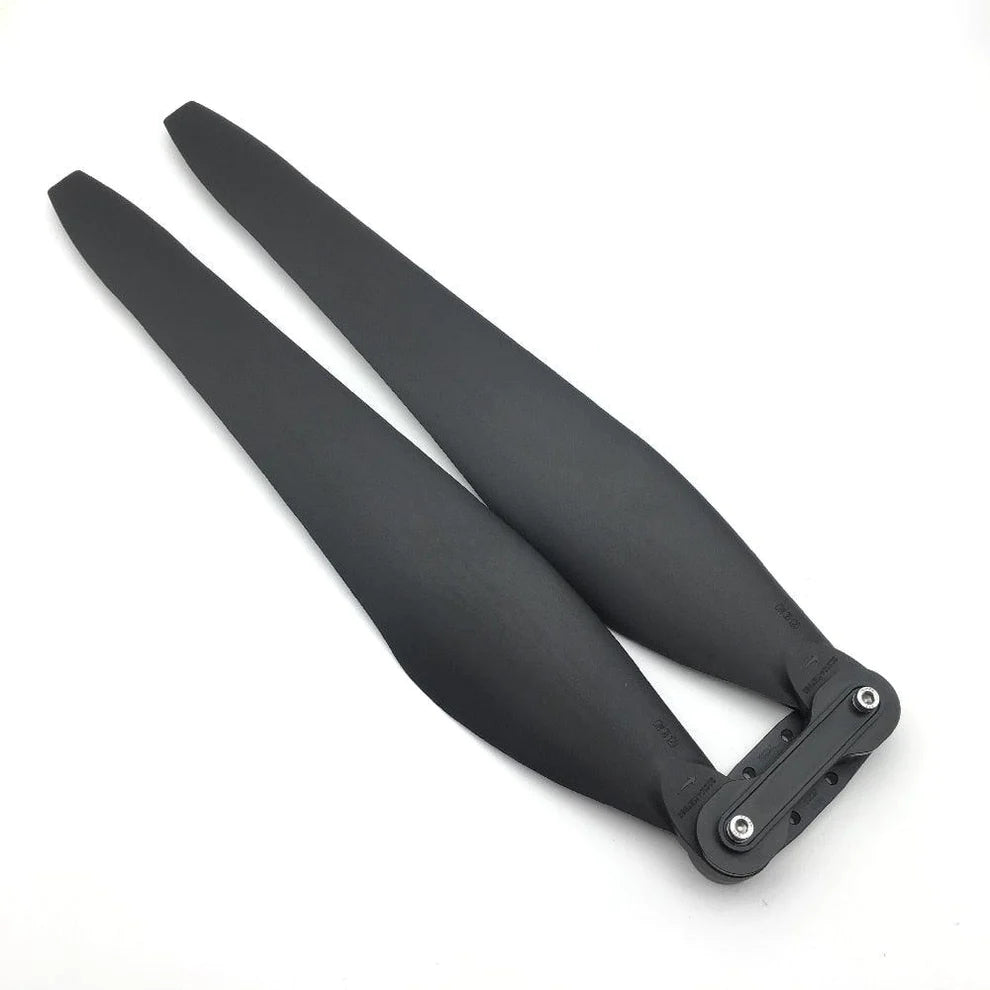
Hobbywing Propeller
Hobbywing Propeller series features high-efficiency folding propellers made from advanced carbon...
-

Tarot Propellers
Tarot Propellers, also known as Tarot-RC, deliver high-performance solutions for multirotor drones,...
-
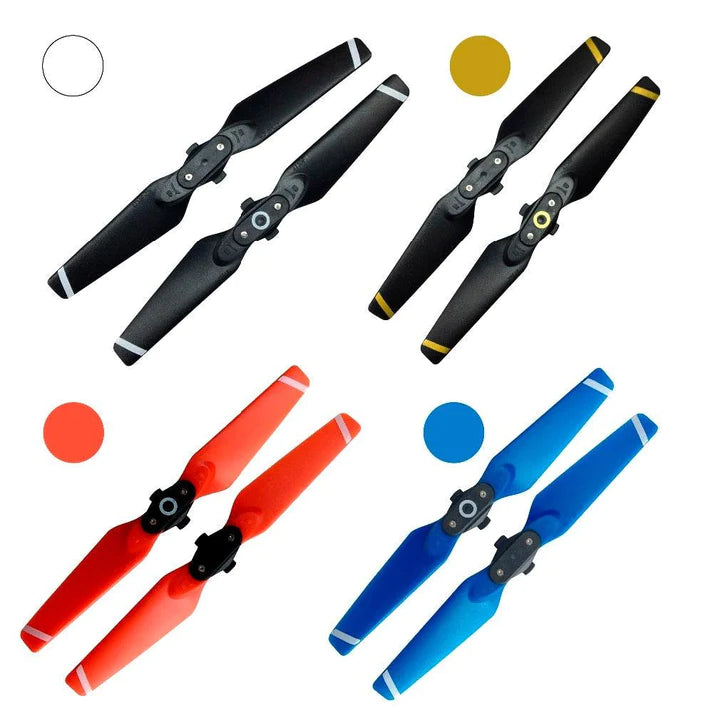
DJI Propeller
Browse our full range of DJI propellers, including quick-release, low-noise, folding, and...
-

MAD Propellers
Discover the full MAD Propellers collection, featuring a wide range of high-performance...
-
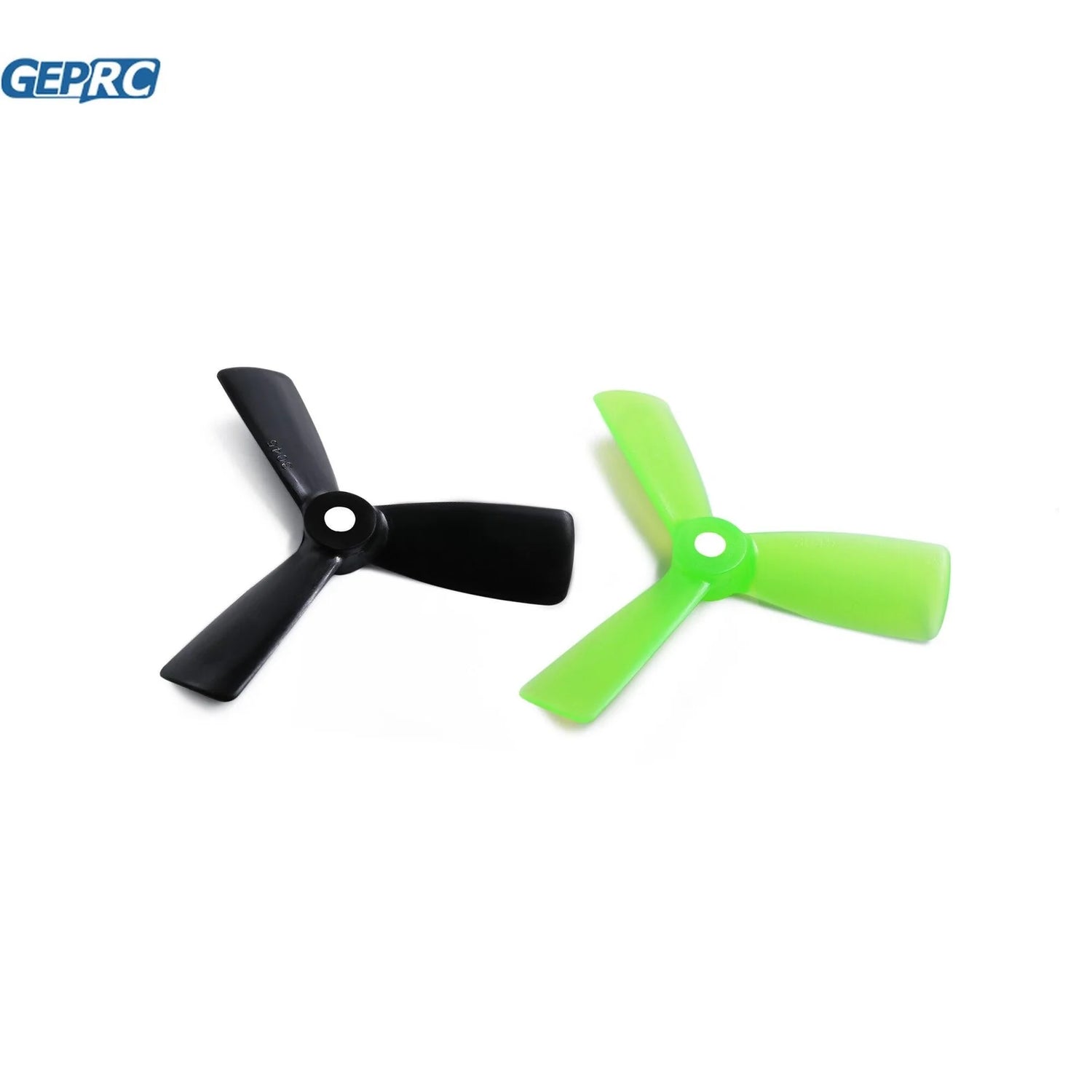
GEPRC Propeller
GEPRC Propellers are engineered for high-performance FPV and freestyle drone applications. With...
-

iFlight Propeller
The iFlight Propeller Collection offers high-performance tri-blade and bi-blade propellers in sizes...
-

FIMI Propeller
FIMI Propellers offer original quick-release, foldable designs tailored for X8 Mini and...
-
Tarot 2880 28 Inch Efficient Foldable Drone Propellers (CW+CCW)
Regular price From $27.00 USDRegular priceUnit price per -
Tarot 1865 18 Inch High Efficiency Folding Propellers (CW+CCW) With Holder
Regular price From $22.00 USDRegular priceUnit price per -
Tarot Martin 1962 19 Inch Carbon Fiber Integrated Propellers (CW+CCW) for Multirotor Drone
Regular price From $50.00 USDRegular priceUnit price per -
Tarot 1565 15 Inch Efficient Folding Drone Propellers (CW+CCW) With Clamp Holder
Regular price From $19.00 USDRegular priceUnit price per -
Tarot Martin 1555 15.5 Inch Carbon Fiber Foldable Drone Propellers (CW+CCW)
Regular price From $35.00 USDRegular priceUnit price per -
Tarot 1665 16 Inch Folding Drone Propeller (CW+CCW) With Clamp Holder
Regular price From $20.00 USDRegular priceUnit price per -
Tarot Martin 2812 28 Inch Carbon Fiber Folding Drone Propellers (CW+CCW) With Clamp Holder
Regular price From $85.00 USDRegular priceUnit price per -
Tarot Martin 2812 28 Inch Carbon Fiber Integrated Drone Propellers (CW+CCW)
Regular price From $79.00 USDRegular priceUnit price per -
Hobbywing X11 Max 48175 Propellers with Hub
Regular price From $119.00 USDRegular priceUnit price per -
1 Pair RJXHOBBY 26.2x8.5 / 27.2x8.9 / 28.2x9.2 / 29.2x9.5 / 30.2x9.9 Inch Carbon Fiber Folding Propeller for Drone
Regular price From $919.00 USDRegular priceUnit price per -
1 Pair RJXHOBBY 31.2x10.2 / 32.2x10.5 / 34.2x11.2 / 36.2x11.8 / 36.2x14 Inch Carbon Fiber Folding Propeller for Drone
Regular price From $1,129.00 USDRegular priceUnit price per -
RJXHOBBY 1 Pair 13x9 / 14x10 / 15x12 / 16x13 / 17x14 / 18x14 Inch Carbon Folding Propeller Blades for Drone
Regular price From $99.00 USDRegular priceUnit price per -

1 Pair RJXHOBBY 19x14 / 20x14 / 21x14 / 22x14 / 23x12 Inch Carbon Folding Propeller Blades for Drone
Regular price From $159.00 USDRegular priceUnit price per -
RJX 26×8.5 Inch Class A Popular Style 3K Carbon Fiber CW and CCW Propeller for Multi-Rotor Drones (Quadcopter, Hexacopter)
Regular price $349.00 USDRegular priceUnit price per -
RJXHOBBY 28×9.2 Inch Carbon Fiber Propeller (CW/CCW PAIR) for Agriculture Drone
Regular price $390.00 USDRegular priceUnit price per -
RJXHOBBY 29×9.5In Carbon Fiber Propeller (CW/CCW PAIR) PROPS for Agricultural plant protection UAV Drone
Regular price $399.00 USDRegular priceUnit price per -
RJX 32x11 Inch 3K Carbon Fiber CW and CCW Propellers for Multirotor Drone
Regular price $429.00 USDRegular priceUnit price per -
RJXHOBBY 34×11.5 Inch Carbon Fiber Propeller (CW/CCW PAIR) PROPS for Agricultural plant protection Drone
Regular price $479.00 USDRegular priceUnit price per -
RJXHOBBY 30×10.5 Inch Carbon Fiber Propeller (CW/CCW PAIR) PROPS for Agricultural plant protection Drone
Regular price $429.00 USDRegular priceUnit price per -
RJX 32x11 Inch 3K Carbon Fiber Propellers (CW and CCW ) for Multirotor Drone
Regular price $429.00 USDRegular priceUnit price per -
RJXHOBBY 40x13Inch Carbon Fiber Propeller (CW/CCW PAIR) PROPS for Agricultural Drone
Regular price $699.00 USDRegular priceUnit price per -
RJXHOBBY 21*12 Carbon Fiber Propeller (CW/CCW PAIR) PROPS for Agricultural Drone
Regular price $159.00 USDRegular priceUnit price per -
1 Pair RJX 1861 18x6.1 Inch Carbon Fiber Forward and Reverse Propeller for Industrial Quadcopter Hexacopter Octocopter Multirotor Drone
Regular price $129.00 USDRegular priceUnit price per -
1pair RJX 1654 16x5.4 Inch carbon fiber forward and reverse propeller for multirotor drone
Regular price $129.00 USDRegular priceUnit price per -
1pair RJX 5x3 / 6x2 / 7x2.4 / 8x2.7 /9x3 /10x3.3 / 11X3.7 / 12X4 / 13X4.4 / 14X4.8 /15X5inch carbon fiber propeller for Drone
Regular price From $29.00 USDRegular priceUnit price per -
1pair RJX 16x5.4 / 17x5.8 / 17x7.5 / 18x6.1 / 19x5.7 / 20x6 / 21x6.3 / 22x6.6 inch carbon fiber propeller for UAV
Regular price From $125.00 USDRegular priceUnit price per -
1 Pair RJXHOBBY 24x7.2 / 26x7.8 / 27x8.1 / 28x8.4 / 29x8.7 / 30x10 / 32x9.6 / 32x14.8 / 34x11.3 inch Carbon Fiber Propeller for Multirotor Drone
Regular price From $245.99 USDRegular priceUnit price per -
HQProp 8 inch Propellers - 8X(4/4.3/4.5)X3 HQ MacroQuad Prop Black-Glass Fiber Reinforced Nylon Propeller for FPV Drone
Regular price $6.90 USDRegular priceUnit price per -
HQProp 9X5X3(CW/CCW) Prop - HQ MacroQuad Black-Glass Fiber Reinforced Nylon 9 inch 3 Blades Propeller for FPV Drone
Regular price $6.90 USDRegular priceUnit price per -
HQProp 9X4X3R(CW/CCW) Prop - HQ MacroQuad Prop Black-Glass Fiber Reinforced Nylon 9 inch 3 Blades Propeller for FPV Drone
Regular price $6.90 USDRegular priceUnit price per -
HQProp HQ MacroQuad Prop 10X4.5X3(CW/CCW) Black-Glass Fiber Reinforced Nylon 10 inch Propeller for FPV Drone
Regular price $6.90 USDRegular priceUnit price per -
HQProp Multi-Rotor Pusher Prop 11X4.5R(CW) 11Inch Carbon fiber Composite Propeller
Regular price $6.90 USDRegular priceUnit price per -
HQProp HQ X-Class Prop 13X12X3(CCW) 13Inch 3 Blade Propeller Black-Carbon Reinforced Nylon for FPV Drone
Regular price $15.00 USDRegular priceUnit price per -
16pcs/8pairs HQ 4x3x3 Tri-blade propeller 4inch prop for FPV drone parts
Regular price $13.86 USDRegular priceUnit price per -
16pcs/8pairs HQProp DT90MM*3 Tri-blade/3 blade Propeller prop for FPV part
Regular price $14.80 USDRegular priceUnit price per -
4pcs/2pairs HQ 8X4X3 8040 8inch CW CCW 3 blade/tri-blade Propeller prop for FPV parts
Regular price $19.41 USDRegular priceUnit price per











































